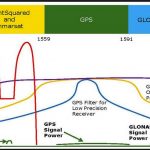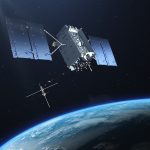Second Lockheed Martin-Built GPS III Satellite Ready for July 25 Liftoff
More powerful, accurate, resilient GPS III satellite will help modernize today’s GPS constellation
TITUSVILLE, Florida, July 8, 2019 – The GPS satellite constellation is about to get its next heathy dose of new technology and more advanced capabilities. The second next-generation, Lockheed Martin-built GPS III satellite—nicknamed “Magellan” by the U.S. Air Force—is sealed up and ready for its planned July 25 launch.
By Inside GNSS













